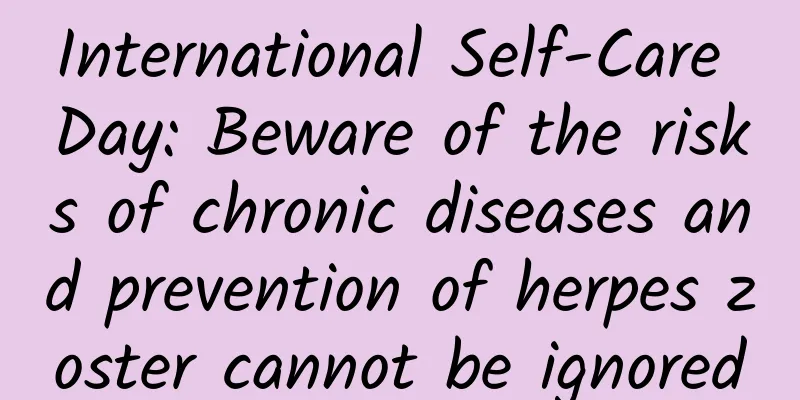What are the dangers of dimple nails?

|
A dimple nail refers to a device similar to a lip nail that is inserted into the position where you want a dimple. When the wound slowly heals, a small pit will be left. However, dimple nails are very unsafe. If they are not thoroughly disinfected, it is easy to cause infection. They may not necessarily form a dimple. Some people may leak water when drinking, and even leave ugly scars.
●Suture ligation The suture method of dimple formation, also known as the suture method, uses silk thread to suture directly at the location of the dimple on the cheek to connect the muscle and dermis to form a dimple. The suture method is simple and easy to perform, and does not require surgical incision, but the effect is uncertain and the dimples formed are easy to disappear. ●Introduction method The introduction method is simpler and faster, and a pair of dimples can usually be completed in just a few minutes, but the long-term effect is uncertain.
The incision method is to make a 2 cm long vertical incision on the buccal mucosa in the oral cavity, separate the mucosa and muscle, cut off a small amount of muscle and fat tissue, suture part of the muscle and dermis with a stitch in the incision, form a shallow depression on the corresponding skin, and then suture the mucosa. This operation is complicated, but the effect is certain and it is the most commonly used method. ●Ligation The subcutaneous ligation method is to draw a 3-5 mm short line at a fixed point on the face, and make a 3 mm arc-shaped small incision on the oral mucosa corresponding to the fixed point, with the long axis of the incision parallel to the nasolabial groove. Use absorbable suture to pass a small amount of muscle bundle through the buccal mucosa on one side of the incision and sew it slightly above the fixed point. Then insert the needle through the original needle hole and sew two stitches as usual to form a dimple. Note: Subcutaneous ligation is not suitable for patients with excessive cheek fat. Such patients need to use intraoral incision.
Make a small horizontal incision of 8 to 10 mm in the oral mucosa at the corresponding position of the mouth point, remove an appropriate amount of muscle fiber, and finally, suture the oral buccal mucosa with the subcutaneous dermis at the fixed point of the cheek, and you can see the appearance of the artificial dimple after formation. |
<<: What are the dangers of soldering for girls?
>>: I put my finger in and felt something hard.
Recommend
Can I eat mugwort during menstruation?
Menstruation is very important for women. It not ...
How to quickly catch wheat ears when fishing in the wild and how to make the wheat ears delicious
The name of the wheatear fish varies in different...
What should girls eat to replenish qi and blood?
Some people suffer from many problems due to defi...
How to check chronic pyelonephritis in women
Chronic pyelonephritis is a chronic kidney diseas...
What are the symptoms of liver and kidney deficiency in women?
We may have heard that men may suffer from kidney...
Eating less salt does not mean less intake! These 10 commonly eaten foods are actually "invisible salt consumers"
Everyone knows that we need to control salt in ou...
Nuclear pollution panic! Is it prudent to stock up on salt like crazy? Revealing the correct way to choose salt scientifically!
Recently, due to the discharge of nuclear contami...
Yellow complexion after pregnancy
Under normal circumstances, healthy women have fa...
Fasting after noon or after five o'clock? Adjusting meal times may have something to do with anti-aging
Review expert: Wang Xuejiang, professor at Capita...
What are the reasons why women cannot get pregnant?
What are the reasons why women cannot get pregnan...
Eating pig liver = eating heavy metals? These ingredients are not to be eaten at all? Check it out!
In our daily diet Some foods are often Considered...
It itches badly at night, but not during the day
Many female friends have experienced private part...
How to effectively remove forehead wrinkles
How to remove forehead wrinkles effectively? Many...









